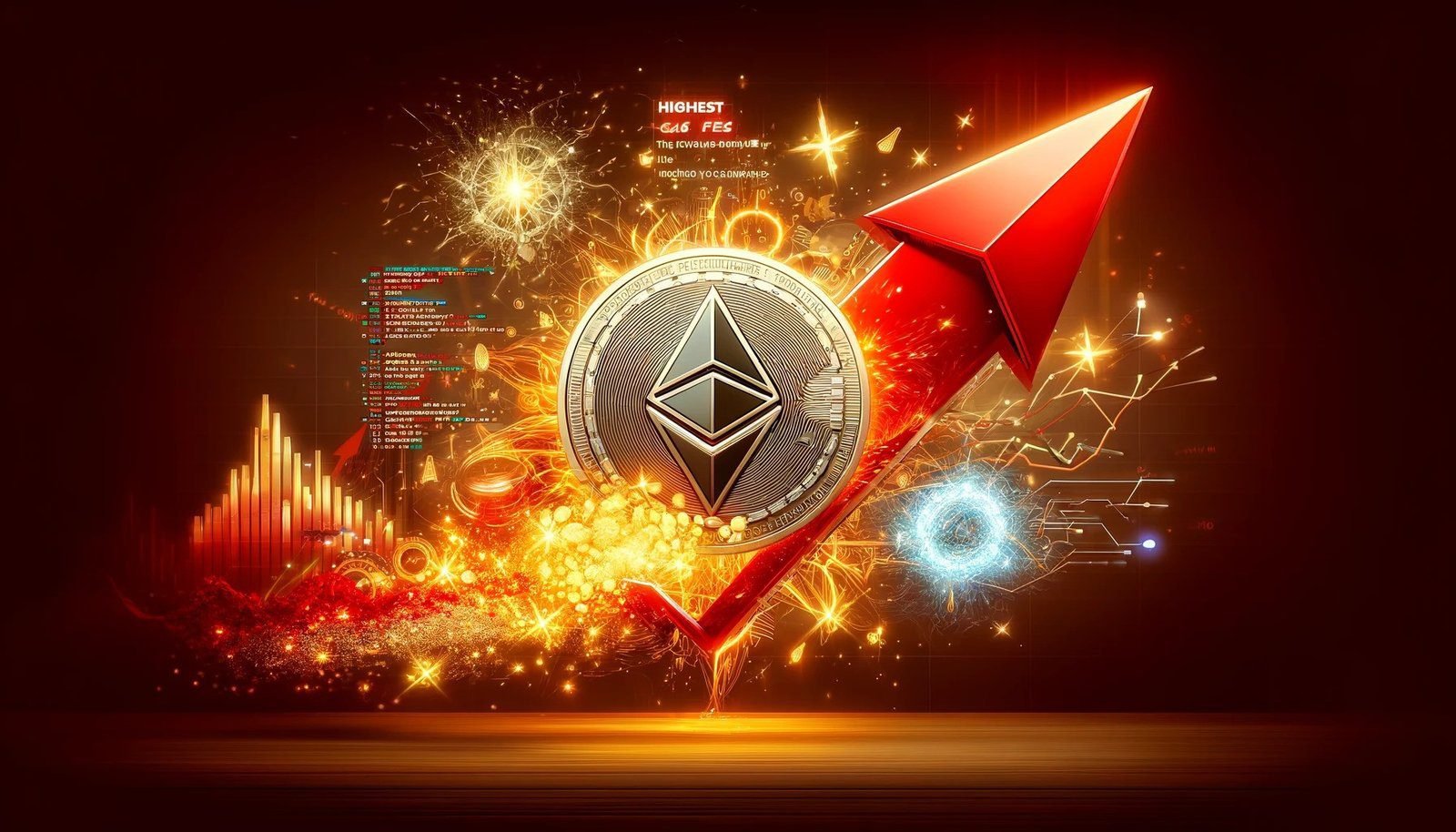The Inevitable Problem Of Ethereum Highest Gas Fee
Ethereum recently surpassed its highest gas fee limit for each transaction. Ethereum’s recent gas fees surged to the highest level, when it briefly jumped to about $100 per transaction, following the news of BlackRock’s Ethereum ETF filing.
Ethereum is a major platform in the blockchain world, known for its cryptocurrency, Ether, and its ability to run Decentralized Apps and Smart Contracts. These contracts run automatically without middlemen, which could transform various sectors like finance and logistics. However, Ethereum faces a big challenge with its transaction costs, known as “gas fees.” These fees change a lot, often increasing with higher demand on the network, which makes it hard for users and developers to plan their expenses.
What Is Gas Fee In Crypto?
In cryptocurrency, a “gas fee” is the cost users pay to make transactions and run smart contracts on the Ethereum network. This fee pays for the computing power needed to process and verify transactions. Gas fees are measured in “Gwei”, a small unit of Ether (ETH), where 1 ETH is equal to 1 Billion Gwei. The cost of gas changes based on how busy the network is and how complex the transaction is. Users can pay a higher gas fee to get their transactions processed faster.
Ethereum’s Excessive Gas Fee

Recently, Ethereum’s gas fees have been quite high due to more people using the network, which causes delays and congestion. On average, the fees can be quite variable, and you might pay up to a few dollars for each transaction. For example, a simple transfer on Ethereum could cost about 0.0025 ETH, or around $5-10$, depending on how busy the network is and how complex your transaction is. These high fees can make it costly for small transactions and might limit how useful Ethereum is for everyday tasks and smaller decentralized apps.
The Solution
The Ethereum community, led by its founder Vitalik Buterin, is working on reducing high gas fees. They’re planning several improvements including Ethereum 2.0, which will change the system from Proof-Of-Work (POW) to Proof-Of-Stake (POS) to increase efficiency and lower costs. They’re also using Layer 2 solutions like rollups that handle transactions off the main blockchain but keep them secure. Additionally, updates to the Ethereum Virtual Machine (EVM) and new transaction formats are being developed to use gas more efficiently. A future update called “sharding” will also help by dividing the database to better distribute the load and reduce fees.
Ethereum developers are progressing with discussions and the integration of proposals such as
“”EIP-3074“” for their upcoming ‘Pectra‘ upgrade. However, this proposal has received mixed reactions from members of the #Ethereum Community.
However, the Ethereum community is dedicated to resolving this issue through ongoing development and updates. High gas fees are a big hurdle for Ethereum in its goal to be a global decentralized computing platform. These efforts aim to make Ethereum more affordable and user-friendly, which could lead to broader use and more innovation. As these improvements are made, there is optimism that #Ethereum will overcome these challenges and continue to lead in Blockchain Technology.
There are Most Latest News Here.












